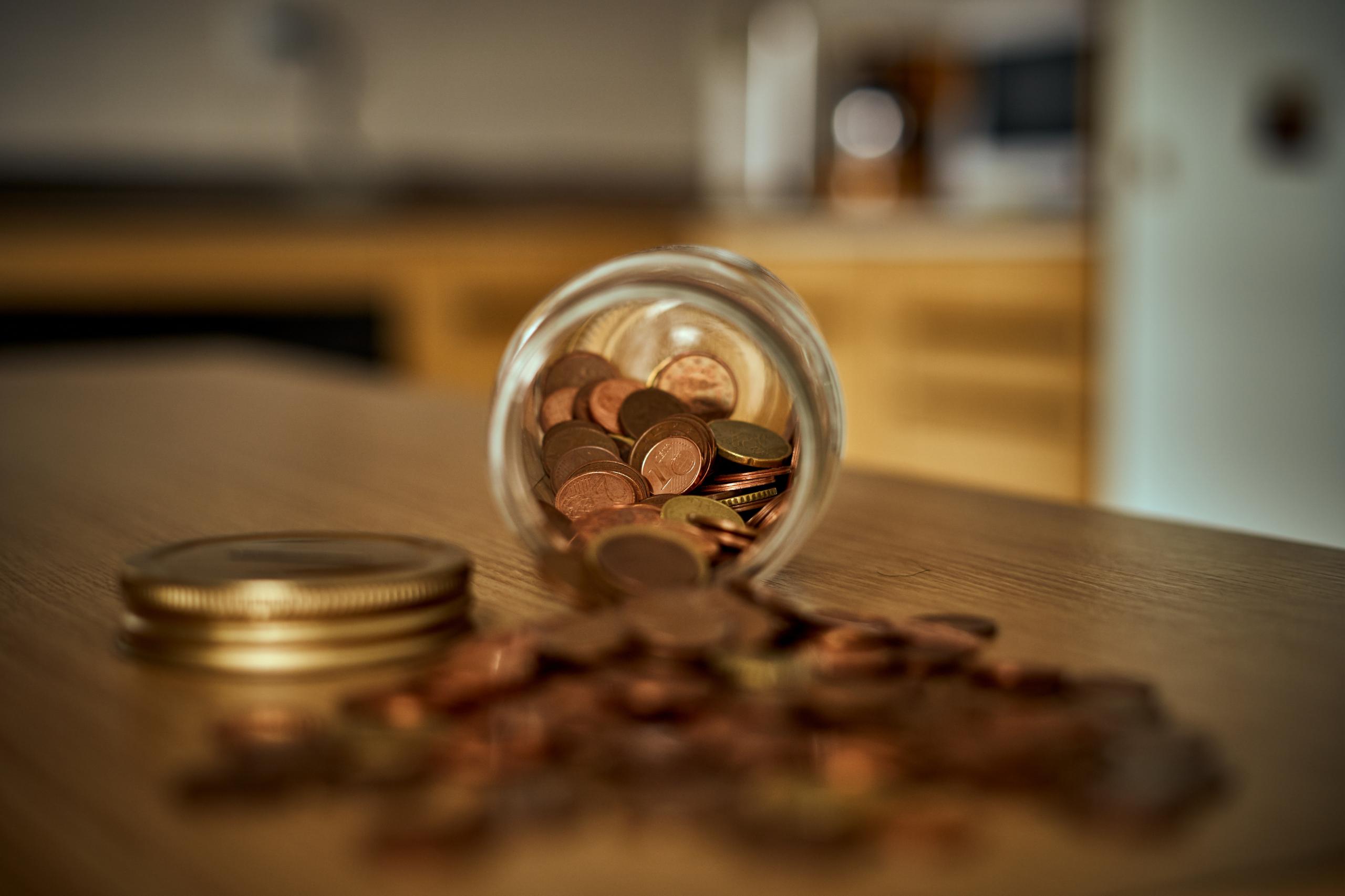The Price of Money
2024-01-19
BY CHELTON WEALTH

THE PRICE OF MONEY
The most important price in the global economy is not the price of a barrel of oil or the price of the latest semiconductors but the price of money. Interest is money's price; it is money's time value. Like other prices, money is determined by supply and demand. If there is more savings, interest rates go down. On the contrary, more investments create more demand for money and, therefore, higher interest rates. At equilibrium interest rates, savings and investments are in balance. In recent decades, the price of money has fallen but has risen again in recent years, with potentially major long-term consequences.
SUPPLY AND DEMAND
Now, it seems like the central bank decides where interest rates are. However, the central bank has to take supply and demand into account. The moment interest rates are set too high by the central bank, too much is saved, and not enough is invested, resulting in the economy growing below potential. This can be seen, for example, in lagging consumer demand or rising unemployment. When central bankers set interest rates too low, too much money is invested, mainly in existing assets. This quickly creates bubbles and an overheated economy. Eventually, inflation then also rises. However, that equilibrium interest rate has to be determined by trial and error.
INTEREST RATE DROP DUE TO TOO MUCH SAVING
In the 1980s, 1990s and the first decade of this century, interest rates fell continuously. This is primarily due to slowing economic growth. This reduced the need to invest. Furthermore, the post-war generation (the baby boomers) was the first to start saving abundantly (sometimes even 1 to 1.5 days a week) for retirement. People sometimes talk about a debt bubble, which originated as a savings bubble.
Moreover, between 1980 and 2010, platform companies emerged. These companies outsourced capital-intensive activities (such as manufacturing) to low-wage countries. Chinese were forced to save a lot, allowing additional investment in these capital goods. The money earned from these factories was largely saved, first notably by Japan and now mainly by China. As a result, these countries own trillions of US dollars.
LOW-INTEREST RATE BOOSTS THE ECONOMY
These lower interest rates allowed house prices to rise, and governments had more money left to spend. This provided an extra economic growth impulse. The downside, however, was that with rising debts, risks also increased. This was reflected in the Great Financial Crisis, which was 'solved' with even more debt. Under the motto 'extend and pretend', the global economy could hold out for another decade or so in the new normal. It took a pandemic and a new war on the European continent to realise that the price of money had to go up after all. That while only some of the excesses of the previous years have been eliminated.
HIGHER INTEREST RATES DUE TO THE BABY BOOM AND INVESTMENTS
Moreover, the baby boom generation is now retiring, and this is a period of relaxation. At the same time, more money is needed for capital-intensive investments, such as a trillion (30 per cent world GDP) energy transition. Much investment is also needed in expensive infrastructure. Not only in the Western world to replace outdated infrastructure but also, for instance, in a country like India.
As a result, interest rates have to go up. India can bear that higher interest rate on infrastructure investments because it has much higher returns. In the Western world, companies that cannot bear much higher interest costs have grown in recent years. Many of these companies are included in indices, giving them a barbell structure with, on the one hand, very successful, ever-larger companies with ever-higher profit margins and, on the other, companies that can barely afford the still-low interest charges.
CONSEQUENCES FOR INVESTORS
Higher yields are good news for investors. In recent years, savers were punished with interest rates kept artificially low. But those low-interest rates also led to a rising stock market and higher property prices. Now, investors are demanding higher interest rates, both in savings accounts and in their investments. Only not everyone invests in the same way. Low-income earners save, middle-income (pensioners) buy bonds, and high-income earners buy equities. The result is growing disparities between rich and poor.
Furthermore, which currency is invested in matters quite a bit. Countries can always pay off their debt, provided they have their currency. The only question, then, is the value of such a currency at the time of repayment. Spreading across currencies will become increasingly important, and among the weakest currencies will be those countries where the monetary craze has been greatest. Unfortunately, that includes some major currencies (besides the dollar, the euro, the pound and the yen). In the long run, more inflation in these countries means weaker than stronger Asian currencies.

